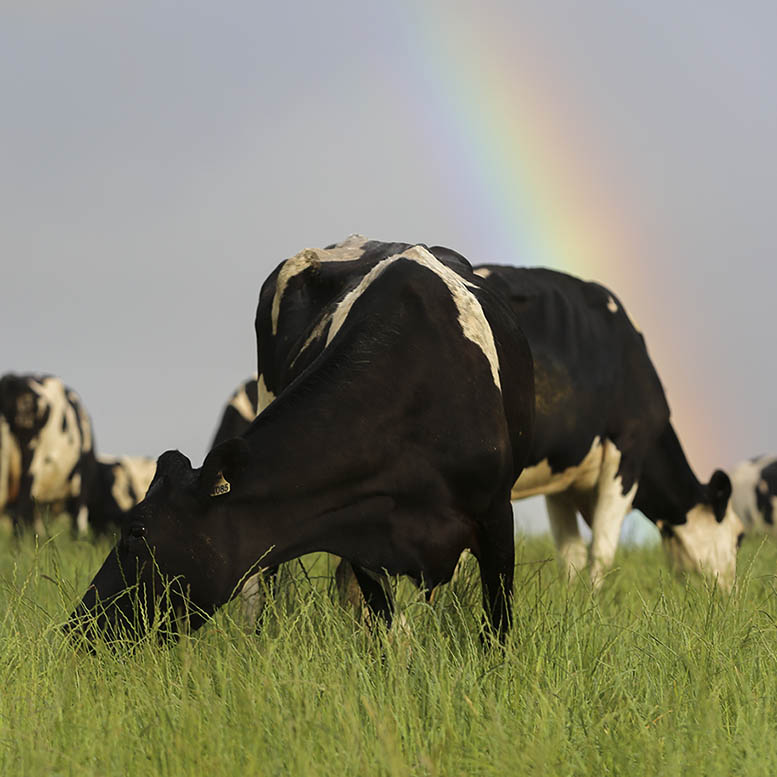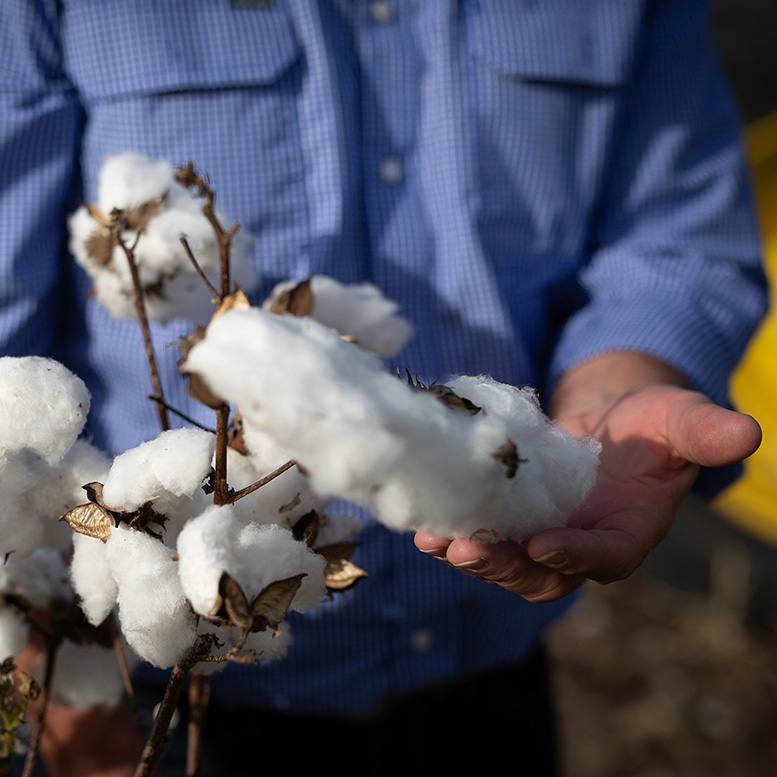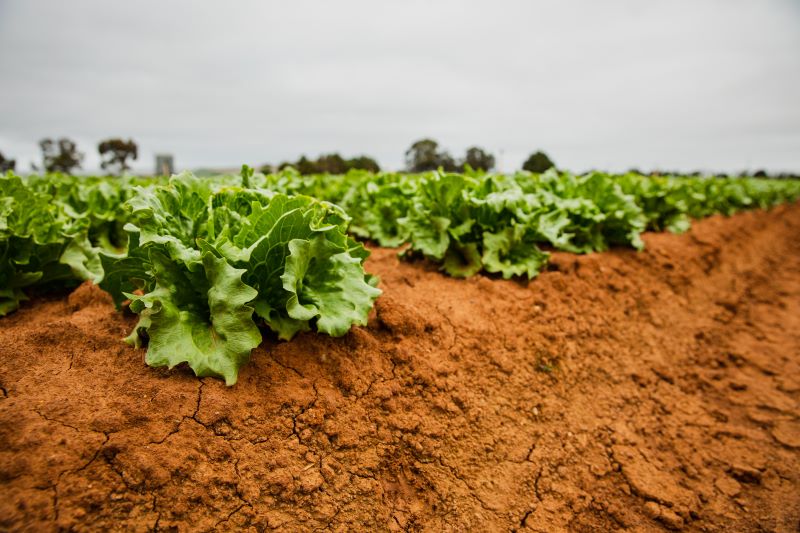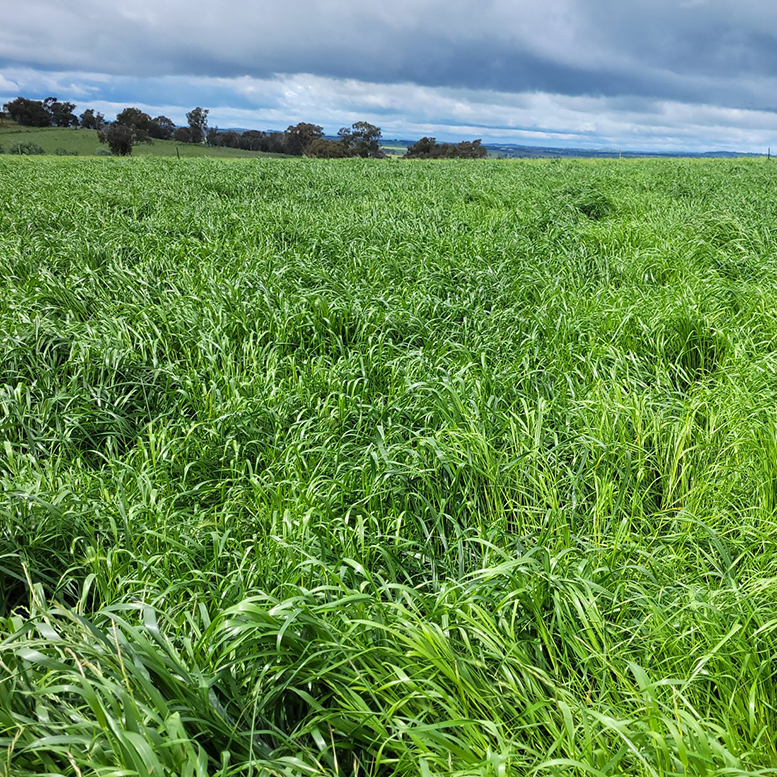Agronomic Insights
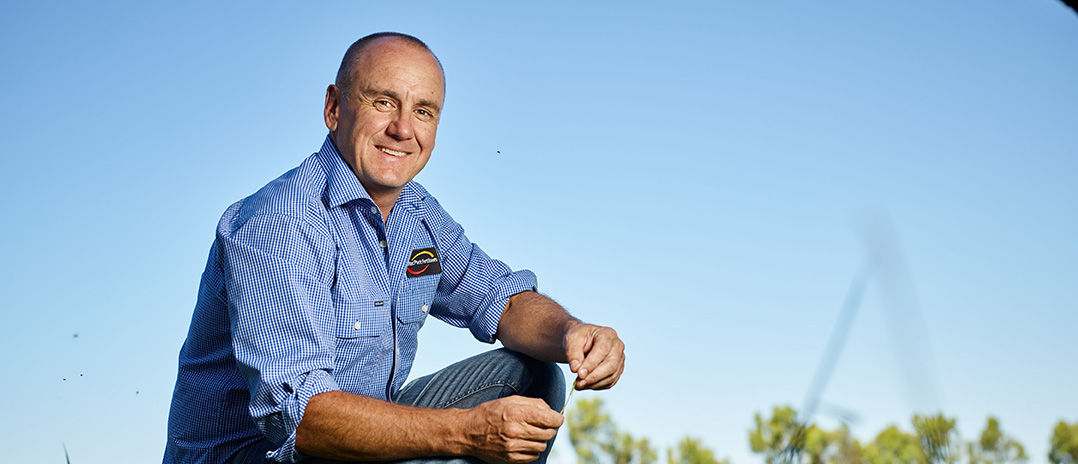
Lee Menhenett – IPF Technical Agronomist
Graziers juggling decisions about stock numbers, available feed, fodder prices and fertiliser budgets need to make sure whatever they spend on fertiliser produces the best possible return in the paddock, and on the bottom line.
Phosphorous, sulphur and potassium are all critical nutrients for pasture growth and performance, and planning your fertiliser program around soil test values is the best way to make sure you’re applying the right amount of nutrient in the right places. A soil testing program allows you to monitor and fine tune fertiliser plans over time, meaning you can maintain the optimum level of fertility at minimum cost.
When it comes to planning phosphorous applications, the CSIRO and NSW DPI developed the following five step process to help maximise the profitability of a fertiliser investment:
- Use soil testing to assess the P-fertility status of soils
- Determine a stocking rate appropriate for current or projected soil fertility level
- Determine how much P to be applied given projected stocking rates & soil P status
- Calculate if investment in P-fertiliser/livestock will generate an acceptable return
- Think through any other factors that might modify your decision to apply P, then apply P and/or adjust livestock numbers.
Soil Test Data
The latest Nutrient Advantage laboratory results data for pasture test codes conducted over the last two years on the east coast of Australia highlighting the need for maintenance rates of phosphorus on 41-44% of paddocks and the need for capital investments of phosphorus on 18-21% of paddocks. The data also reveals a concern for low sulphur in paddocks, with up to 50% registering sulphur levels below 8 mg/kg. This information highlights the need for farmers to collect accurate soil testing data and is a good guide for enabling informed decision making and to correctly allocate nutrients to paddocks.
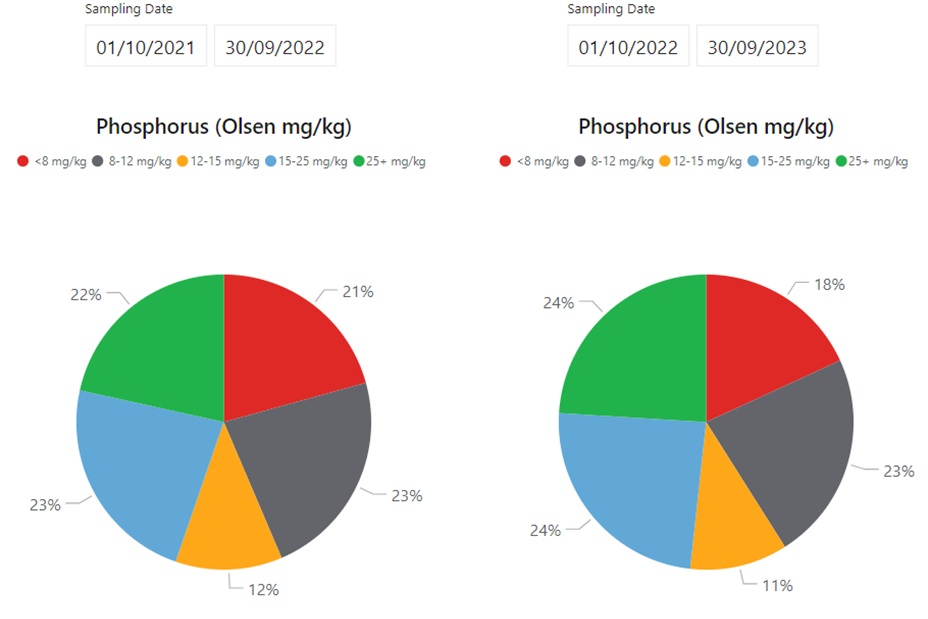
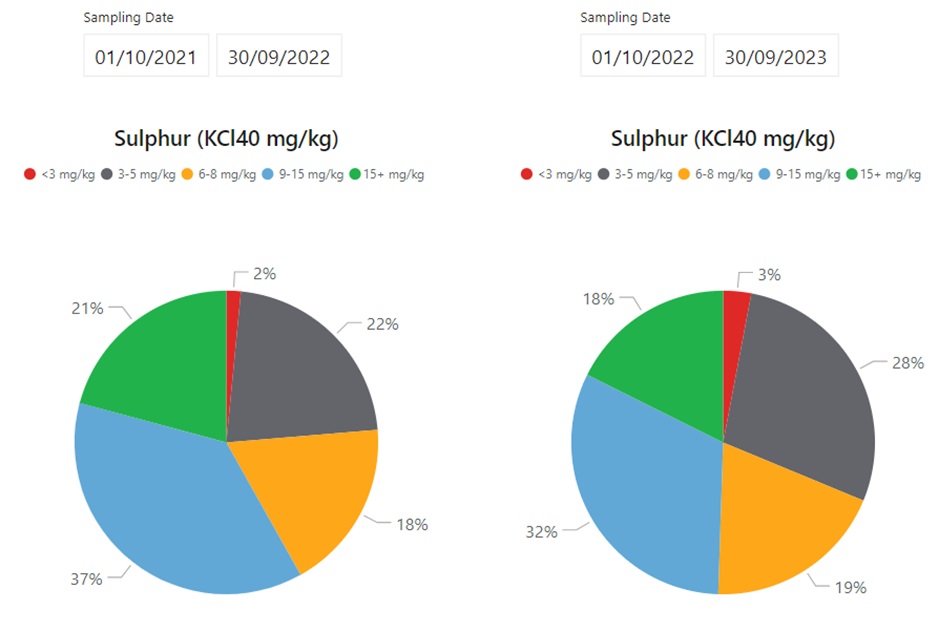
Looking ahead
For producers who decide to hold onto stock numbers and carry animals through, it’s important to set your pastures up for good autumn pasture growth and ensure a good wedge of quality feed leading into winter.
To maximise growth, a germinating pasture needs immediate access to good soil-P levels. The adequate Olsen P range (to achieve 90-95% potential yield) for a legume-based pasture system for dairy should be 15-20 mg/kg and for a beef/sheep system 12-15 mg/kg (Gourley et. al. 2007). At these soil-phosphorus levels, fertiliser is applied at maintenance rates. Regular soil testing is the only method available to determine soil nutrient levels and importantly trends over time.
Paddock access has been easier for most this year, following wet conditions over the previous three years. Pasture research shows no penalty to yields when applying phosphorous fertiliser in summer compared to autumn, so applying superphosphate early is a good option for farmers wanting to avoid delays and ensure their P is on the ground well before the autumn break.
Light rain and even morning dews are enough to move P into the soil within a few days. The granule left behind is basically gypsum (calcium sulphate), which will dissolve and move into the soil with the next rain event. Once in the soil, phosphorus is immobile meaning leaching losses are generally small. So, unless the soil type is a light sand, or a paddock has little ground cover, early-season application can be made with confidence. However, when applying fertiliser early in the season:
- avoid applying fertiliser when ground cover is less than 70%. Bare soils are prone to shedding water leading to erosion, taking valuable soil holding P and other nutrients;
- paddock topography is important, as steeper slopes, particularly bared of vegetative matter, are more prone to wind and water soil erosion;
- leave buffer strips around waterways to prevent fertiliser entering waterways and water storages;
- do not apply fertiliser if heavy rain is forecast within four days.
Horses for courses
For most pasture situations, a single superphosphate like SuPerfect® provides excellent responses when used to supply phosphorous and sulphur in maintenance or capital applications. The tried-and-true formulation of SuPerfect has the right balance of nutrients to support legume-based pasture systems and its low analysis allows effective coverage of the nutrients when spread in the paddock.
But when it comes to establishing pastures, a different nutrient balance is required and new pastures need some nitrogen, phosphorous and sulphur together.
Readily available phosphorus
When establishing pastures, a minimum of 10 kg/ha of phosphorus is recommended in the sowing row close to the seed, even where phosphorus is above optimum levels. This gives the seedling roots a nearby and available source of phosphorus for a good start. Higher phosphorus rates can be applied if soil fertility is below optimal, as long as the application stays within safe seed rates.
High sulphur
Legume-based pasture systems require annual maintenance applications of 12 kg/ha of sulphur. This allows for removal, leaching losses and also for the nutrient to cycle through the organic matter. Where new pastures are being direct drilled and there is minimal soil disturbance, sulphur cycling will be low compared with paddocks under cultivation.
If you invest in your pasture health with the right balance of nutrition from the start, the rewards can be enjoyed for years to come.
Further Information
For more information or advice about boosting autumn pasture growth, contact Lee Menhenett on 0412 565 176 or via email lee.menhenett@incitecpivot.com.au
DISCLAIMER
This is a guide only, which we hope you find useful as a general tool. While IPF has taken all reasonable care in the preparation of this guide, it should not be relied on as a substitute for tailored professional advice and IPF accepts no liability in connection with this guide. Incitec Pivot Fertilisers manufactures and sources fertilisers from other suppliers. The fertiliser supply chain extends beyond the company’s direct control, both overseas and within Australia. Incitec Pivot Fertilisers hereby expressly disclaims liability to any person, property or thing in respect of any of the consequences of anything done or omitted to be done by any person in reliance, whether wholly or in part, upon the whole or any part of the contents of this article.


